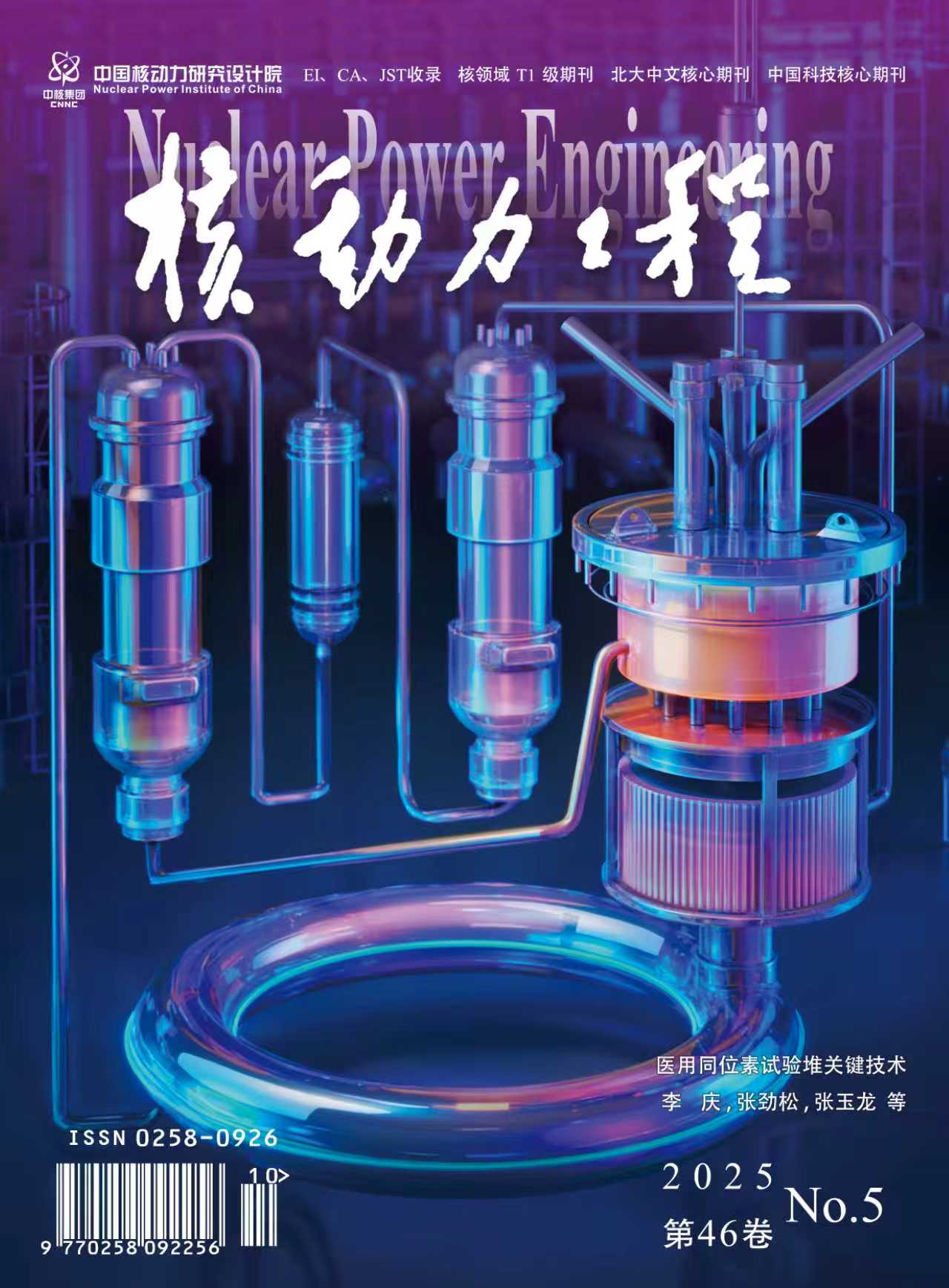Abstract:
The space reactor has strict requirements on the size and weight of radiation shielding. In order to find out a suitable shielding scheme, it is necessary to select the shielding material and structure. In this paper, firstly, the research progress of shielding targets and limits of space reactors at home and abroad is introduced. Based on the design principle of reactor shielding, flat model and spherical model are abstracted for different application scenarios, and the shielding performance of different materials is analyzed under different design objectives. Based on the analysis results, automatic optimization tools are used to select shielding schemes, and the advantages and disadvantages of each scheme are analyzed. The results show that the energy spectrum of the source, the size of the source, the distance between the shield and the source, and different shielding design objectives will affect the selection of shielding materials and structures, which needs to be carried out according to the application requirements. Boron carbide, lithium hydride and tungsten are good shielding materials for space reactors, and the use of automatic optimization tools for layered layout of the shield can achieve effective weight reduction.



